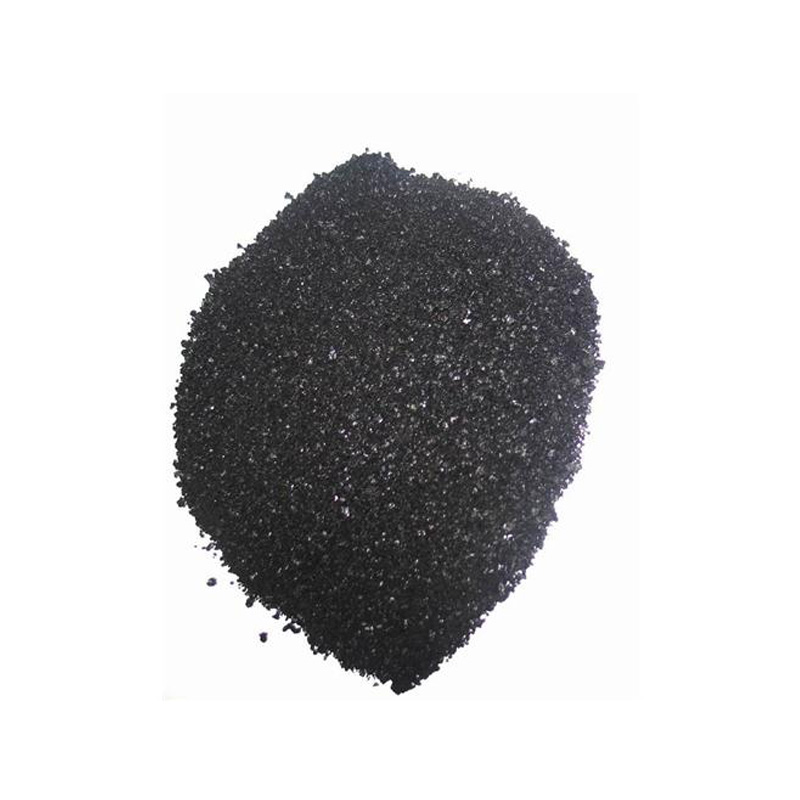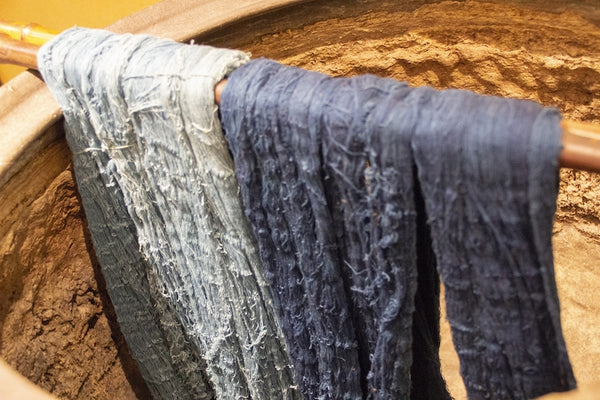Indigo Blue Vat Blue


Moreover, innovation in indigo dyeing is on the rise, merging artisanal methods with cutting-edge technology. Digital dye laboratories are experimenting with genetically engineered microbes to produce indigo, promising to reduce the environmental impact further. Pioneering such practices can position a company as a leader in sustainable textile solutions, appealing to an increasingly informed and conscientious customer base. Building authority in the indigo dye sector also involves community engagement. Collaborating with artisans, supporting indigenous dyeing practices, and investing in educational initiatives foster an ecosystem of growth and innovation. Companies that prioritize these aspects demonstrate a commitment to preserving the intangible cultural heritage associated with indigo dyeing. To succeed in marketing indigo vat dyed products, creating comprehensive content that covers the technical, environmental, and cultural dimensions of this dye is crucial. This approach not only enhances search engine optimization through rich, keyword-relevant content but also establishes the brand as a knowledgeable and reliable source. By providing valuable information and addressing the evolving needs of eco-conscious consumers, businesses can effectively harness the timeless appeal of indigo vat dye to secure a competitive edge.
-
Indigo Dye Jeans: Best Fabric & Denim Crafting
NewsAug.28,2025
-
Natural Vs Synthetic Indigo Dye In Tie Dye Projects
NewsAug.28,2025
-
Low-Temperature Sulphur Dyeing Methods For Energy Efficiency
NewsAug.28,2025
-
Laser Washing Effects On Indigo Denim Color
NewsAug.28,2025
-
Impurities In Sulphur Black Powder And Their Effects
NewsAug.28,2025
-
Handicraft Uses Of Bromo Indigo Powder In Natural Dyeing
NewsAug.28,2025
-
Bromo Indigo Blue Dyeing Methods For Cellulosic Fibers
NewsAug.28,2025

Sulphur Black
1.Name: sulphur black; Sulfur Black; Sulphur Black 1;
2.Structure formula:
3.Molecule formula: C6H4N2O5
4.CAS No.: 1326-82-5
5.HS code: 32041911
6.Product specification:Appearance:black phosphorus flakes; black liquid

Bromo Indigo; Vat Bromo-Indigo; C.I.Vat Blue 5
1.Name: Bromo indigo; Vat bromo-indigo; C.I.Vat blue 5;
2.Structure formula:
3.Molecule formula: C16H6Br4N2O2
4.CAS No.: 2475-31-2
5.HS code: 3204151000 6.Major usage and instruction: Be mainly used to dye cotton fabrics.

Indigo Blue Vat Blue
1.Name: indigo blue,vat blue 1,
2.Structure formula:
3.Molecule formula: C16H10N2O2
4.. CAS No.: 482-89-3
5.Molecule weight: 262.62
6.HS code: 3204151000
7.Major usage and instruction: Be mainly used to dye cotton fabrics.

